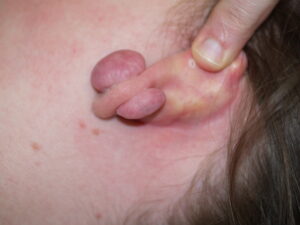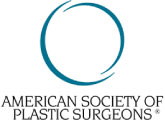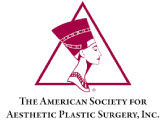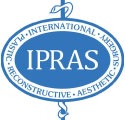7 September 2022
KELOID AND HYPERTROPHIC SCARS
These are abnormal scars following any injury, including surgery, burns and earlobe piercing.
How do they form?
The skin has a microscopic surface layer, the epidermis and a deeper layer, the dermis.
The epidermis is uniform in thickness (except in the palm of the hand and the sole of the foot) while the dermis varies in thickness, ranging from 1 mm in the eyelid, 2mm on the cheek and
5mm on the back.
The dermis has an ExtraCellular Matrix (ECM) which is a scaffolding to give strength to the dermis.
To form a scar, there has to be damage to the ECM. The scar is part of the repair process following an injury and this gives strength to the repaired area. Unfortunately, this process of repair can sometimes be too strong, resulting in a hypertrophic or keloid scar.
(The epidermis, with no ECM, does not form scars).
Management
Prophylaxis and prevention give the best results!.
The process of scar formation
Scar formation is part of the healing process , to help regain strength (tensile strength). There is an initial rapid phase, followed by a slower but longer phase, to make a total of three months, after which there is tissue maturation and remodelling for a further three months
Abnormal scar formation can happen in any phase of healing.
Prophylaxis involves good planning about the intended surgery, placement of scars and post-operative scar management including compression therapy.
Compression Therapy involves lower pressure, probably constant, compression. For larger areas, a compression garment is used. For smaller areas, custom-made compression splints work well, including custom made ear rings for earlobe keloids.
For other parts of the ear, silastic splints are made for an exact fit.
Silicon gel usage is also part of the treatment.
Treatment
These scars may cause pain and itchiness , in addition to the change in appearance.
Pain and itchiness are treated with regular steroid injections or with steroid impregnated tape.
In a keloid scar causing disfigurement, the scar is reduced to make the affected area look near-normal in contour, and this is followed up with compression splints.
For earlobe keloids, the ear rings are made before the surgery, using the unaffected other side as a template.
For other areas, like the helical (margin) part of the ear, a silicon splint is custom-made once the wound is healed
Treatment will be for at least three months, but may be for longer sometimes.








